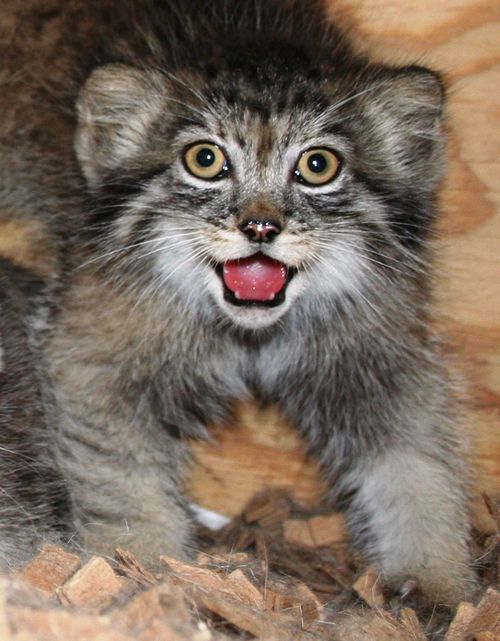Toxoplasmosis is a disease caused by a common protozoan parasite (Toxoplasma gondii) found world wide that poses health risks to both humans and wildlife. The only definitive host for the parasite are members of the Felidae family (primarily domestic cats). Healthy infected cats typically do not show any signs that they carry the disease. The parasite develops in the host and oocysts (eggs) are shed in the feces. The oocysts are very resistant and can persist in the environment for over 12 months. Intermediate hosts (rodents, birds, sheep, cattle, pigs) ingest the oocysts and cysts are formed in different areas of the intermediate host’s body. The life cycle of the parasite is completed when an infected intermediate host is ingested by a cat.
Humans are usually infected through contact with infected cat feces or through undercooked meat containing cysts. Toxoplasmosis can cause serious health problems in pregnant women and individuals with a compromised immune system. Healthy people usually are not aware they have been infected.
Clinical disease is more likely to occur in cats with suppressed immune systems, including young kittens and cats with feline leukemia virus (FELV) or feline immunodeficiency virus (FIV). Most cats can recover with a treatment of antibiotics and anti-parasitic drugs. There is no vaccine available.
Unfortunately, wild Pallas Cats also seem to be extremely sensitive to toxoplasmosis, causing a high mortality rate in the kittens. Please watch this 2008 video from the Linder Centre for Conservation and Research of Endangered Wildlife (CREW) at the Cincinnati Zoo for more information. I was not able to find more current information on how much progress has been made researching and controlling this problem in Pallas Cats.
